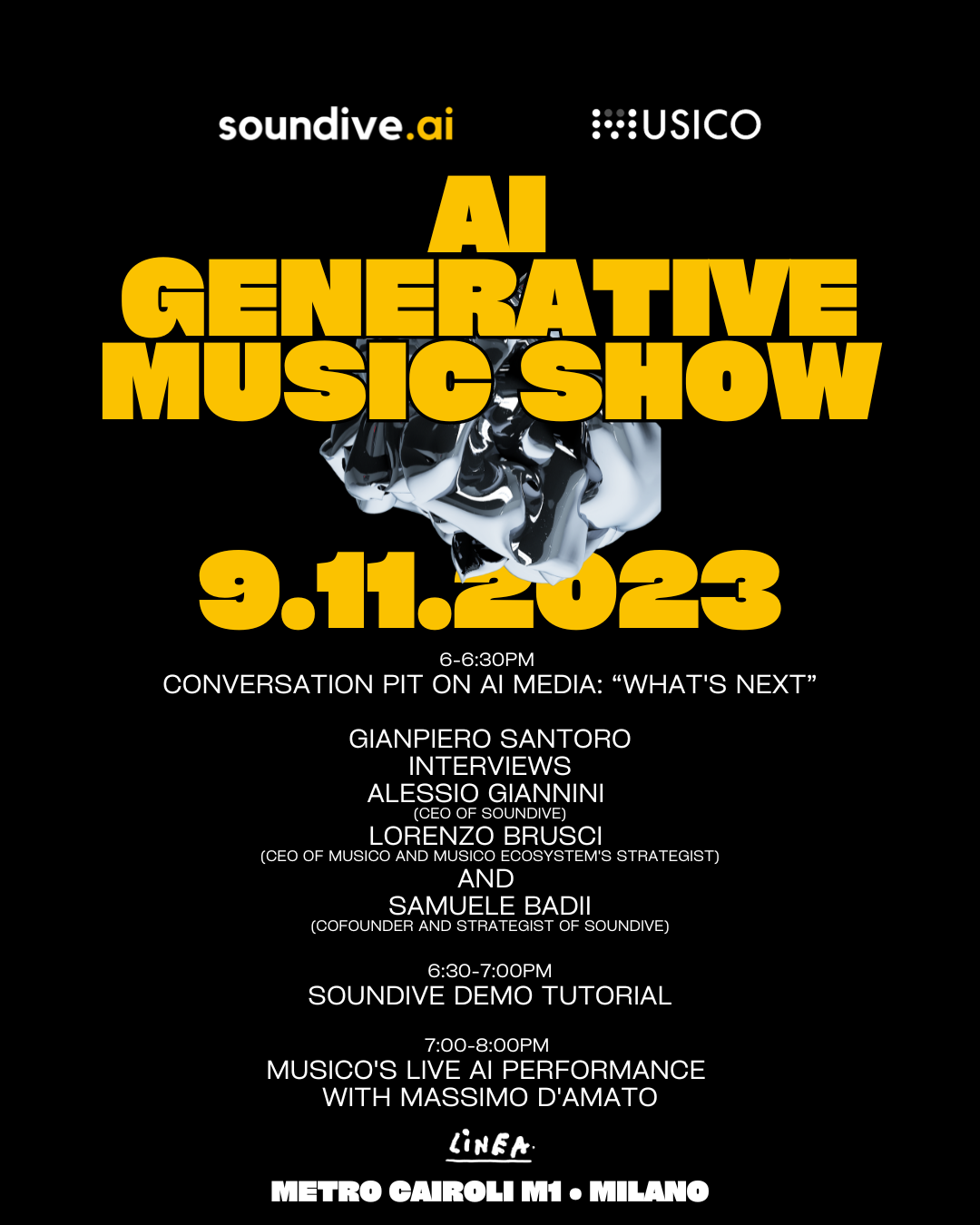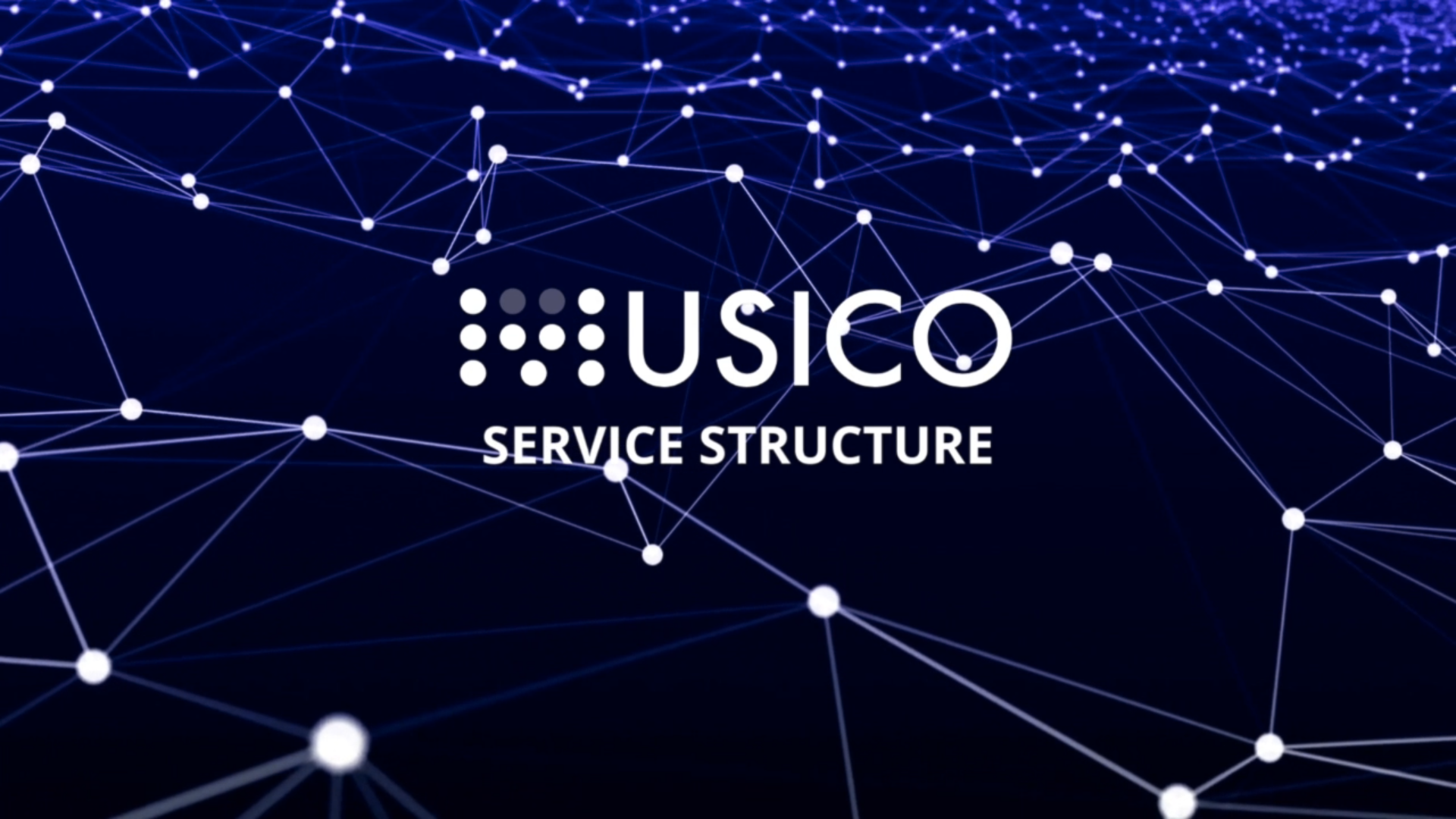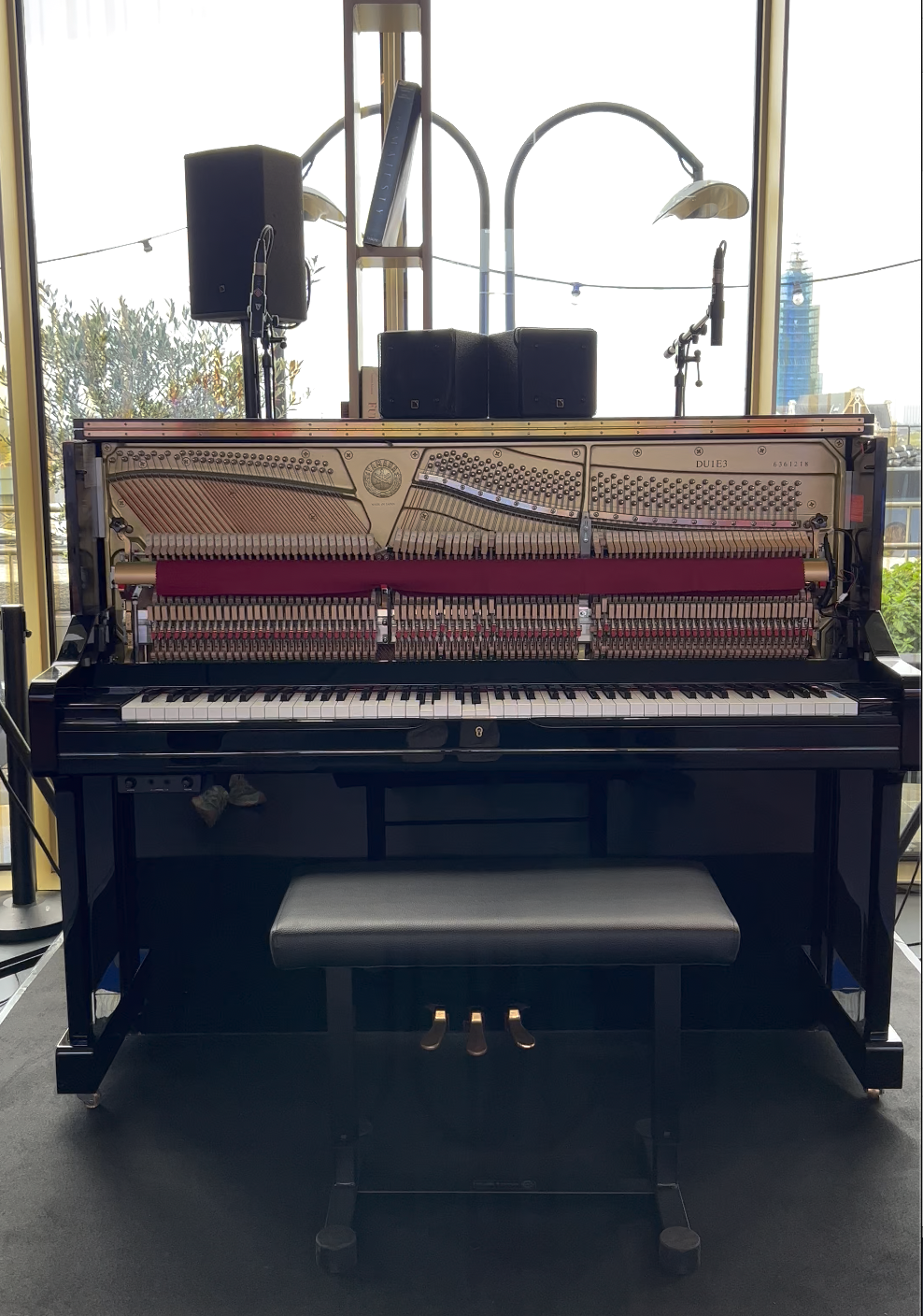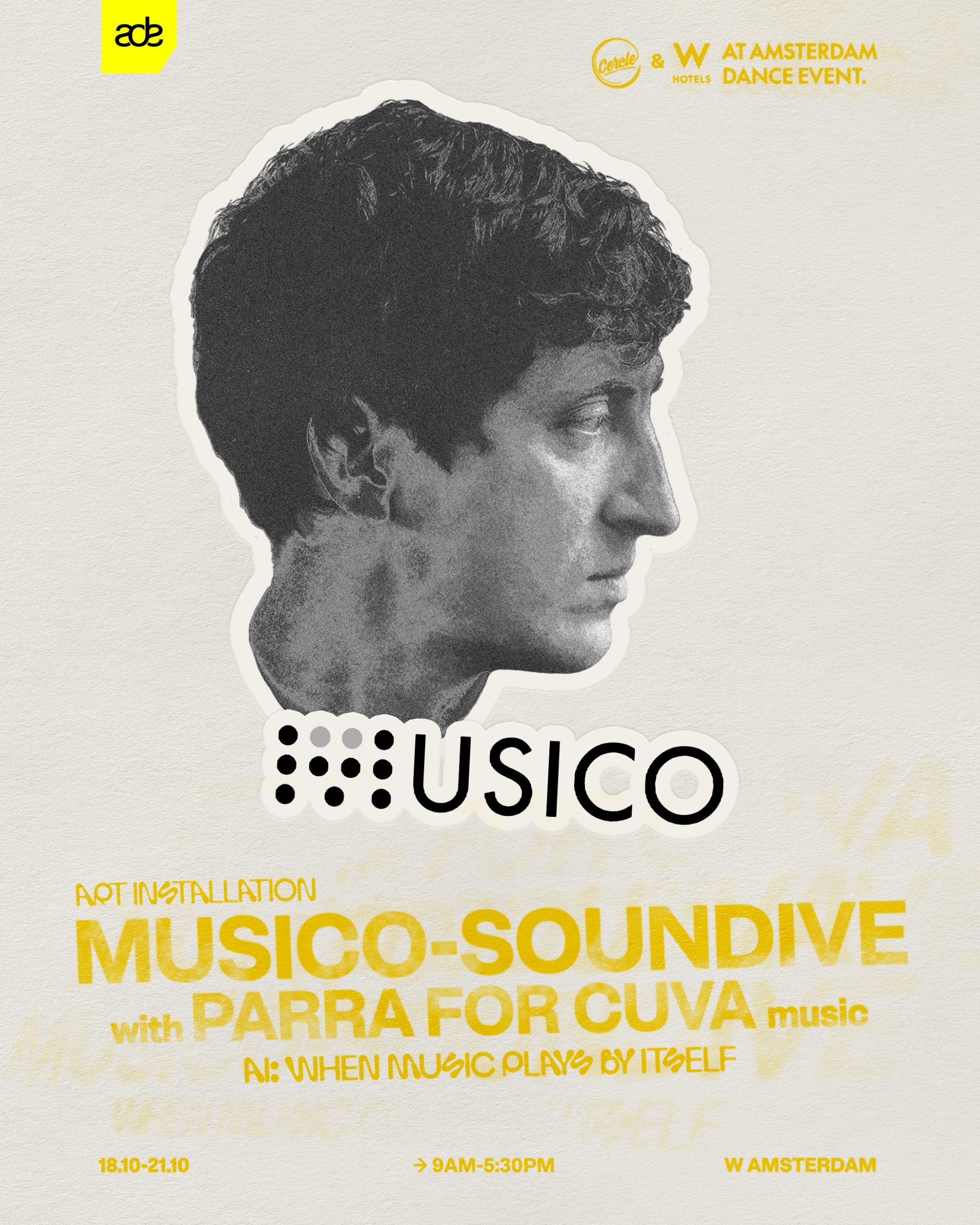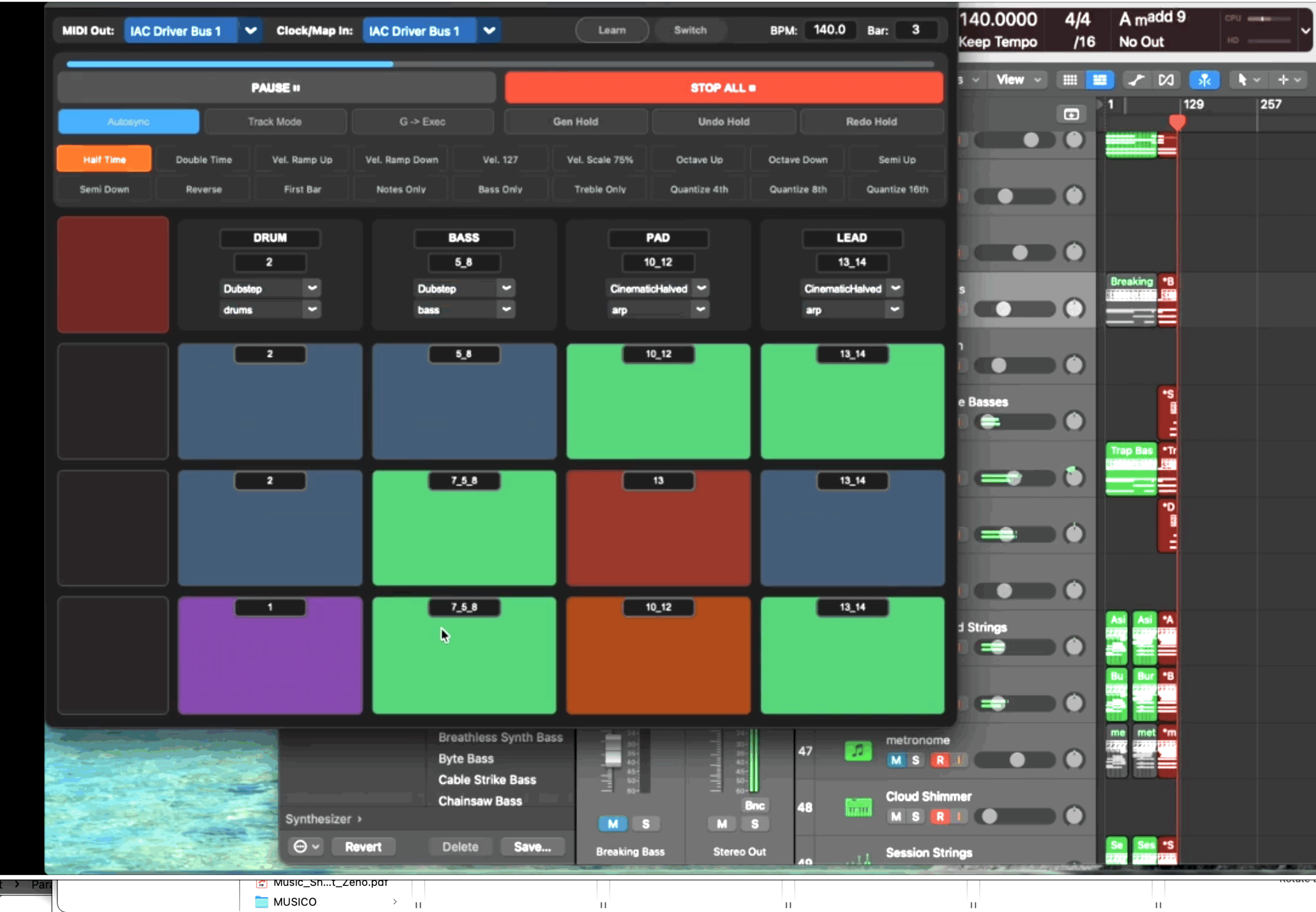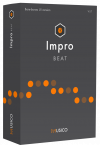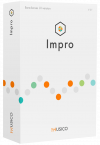article by Musico CRO Valentijn Borghuis and the MUSICO ecosystem Tech&Law strategist professor Emeritus Jan Smits (TUe)
a quick brief of the article goals:
“As machine learning techniques have matured, particularly since the watershed moment around 2012 involving the application of practical deep learning, we’ve witnessed a paradigm shift in content creation across various art forms—from music and visual arts to literature and more. Initially, these generative AI models served as advanced tools, enhancing the creative process for skilled artists who could navigate the complexities of the technology. However, the landscape is evolving, with AI becoming increasingly autonomous and user-friendly. Now, a simple click can generate a unique artistic creation.
This democratization of art through AI is not just an exciting evolution; it’s a potential revolution. The technology has advanced to such an extent that its creations are not only viable but highly appealing for use in areas traditionally reserved for human-made art. It heralds a future where personalized, situation-specific art could be produced en masse. As venture capitalist Vinod Khosla has presciently noted, we may soon find ourselves surrounded by tailor-made creative works that resonate with our current emotional state.
Yet, this rise of generative AI brings with it complex challenges, particularly concerning Intellectual Property Rights. Questions about authorship, originality, and the ethical implications of AI-generated content are at the forefront of both scholarly and legal discussions. This article aims to delve into these pressing issues, focusing primarily on the realm of generative AI in music and the specific technology and business case of MUSICO. The article will unpack the relevant technical jargon, examine the evolving concept of authorship in the context of AI, and explore the legal conundrums arising from this transformative technology. Ultimately, we’ll consider whether AI-generated art should be protected under existing IP laws or freely shared within the public domain”.
A few comments on the state of the art, at 1 year from the article release.
while relaunching the passionate and analytical excursus made by our partners,
we would like to highlight a few methodological imminent implications:
1_if elaboration happens to an Ai generated media utterance
2_learning from history – the “hip hop” and “sample art” cases
1, MUSICO is able to measure the novelty of a music utterance derived by our generative systems: this implies the capacity to grant a Creativity ID to the utterance, and the following potential of stating a new IP for human creators;
2, we learn from the Hip Hop and sample art history that sampling could have inspired a way far wider new musical compositional accelerated practices, and music linguistic landscape, interrupted instead by legal bonds tearing down the opportunities envisaged at first: in order to avoid this happening again with a unprecedented referential paranoia, we should be able to offer a measure for novelty that guarantees both the existing Ip holders, Ai companies and Human creators.
Synthetic cycles always reopen the professional game, and this is what new generations of creators want to hear! Learning from the lessons of the past can allow us to make the current Ai revolution an amazing opportunities for previous rights-holders and present future creators.
www.musi-co.com (MUSICA COMBINATORIA) designs tools and instruments to assist humans to make art, the generated art is or Public of owned by the users – if eligible and “measured&evaluated” as an individual who “made a difference with the algorithmic past”.
further deepenings:
The points We are raising touch upon some of the most dynamic and critical aspects of the current AI revolution in the creative arts, specifically in the field of music. We’re discussing a sophisticated interplay between technological innovation, artistic creation, and legal frameworks.
- Creativity ID and Intellectual Property
The idea of MUSICO, or any system, being able to measure the novelty of a music utterance is a fascinating development. This proposition involves:
• Objective Analysis: Creating algorithms that can objectively analyze and assign value to creativity within an output. It should distinguish not just between what is new and what is old, but also consider the significance of the deviation from the existing patterns.
• IP Attribution: The subsequent potential to attribute a new form of intellectual property to creations that originate from AI, but with a human element—what could be seen as a co-creation between human and machine. - Learning from the Sampling Culture
The history of “hip hop” and “sampling culture” offers a valuable lesson in how new forms of art can emerge from the reinterpretation and recontextualization of existing works. This cultural movement faced significant challenges when the legal system intervened to regulate the use of samples, often without nuanced understanding of the creative process involved.
• Legal Precedent: The legal challenges faced by the sampling culture in hip hop can inform how we handle the integration of AI into creative processes. By analyzing these precedents, AI platforms like MUSICO can be designed to navigate and respect existing IP laws while fostering new creativity.
• Balancing Interests: Developing a measure for novelty that balances the interests of AI companies, human creators, and prior rights holders is essential. It must ensure that the contributions of all parties are recognized and rewarded appropriately. - Synthetic Cycles and the Open-Game of New Professions
The notion of “synthetic cycles” as used by Lorenzo Brusci (CEO of MUSICO) reopening the “game of professions” is an insightful observation. AI has the potential to democratize creation, offering tools like MUSICO to a broader audience and enabling them to make art that may stand out and make a difference:
• Democratization: By providing these tools, AI can lower the barriers to entry for art creation, allowing individuals who may not have had access to traditional means of music production to participate in the creative process.
• New Art Forms: Just as sampling led to new genres and styles, AI-generated art may lead to the birth of entirely new forms of expression that we cannot yet predict. - Ethical and Practical Considerations
In navigating this landscape, it is crucial to consider both the ethical implications and the practical applications:
• Ethical: There’s a need for a fair and transparent system that acknowledges the contributions of algorithms and their developers, as well as the creative input of human users.
• Practical: The systems must be equipped with the capability to trace the origins of content, assess contributions, and manage rights in a way that is both user-friendly and legally compliant. - In conclusion, initiatives like what MUSICO proposes represent a convergence of AI technology, creative endeavor, and legal structuring. The goal should be to craft a symbiotic ecosystem where AI acts as an enabler of human creativity, all the while ensuring that all participants in the creation process—both human and artificial—are justly recognized and compensated for their contributions. This is not a simple task, but as history has shown, it is through such complex negotiations that new cultural and artistic paradigms are born.
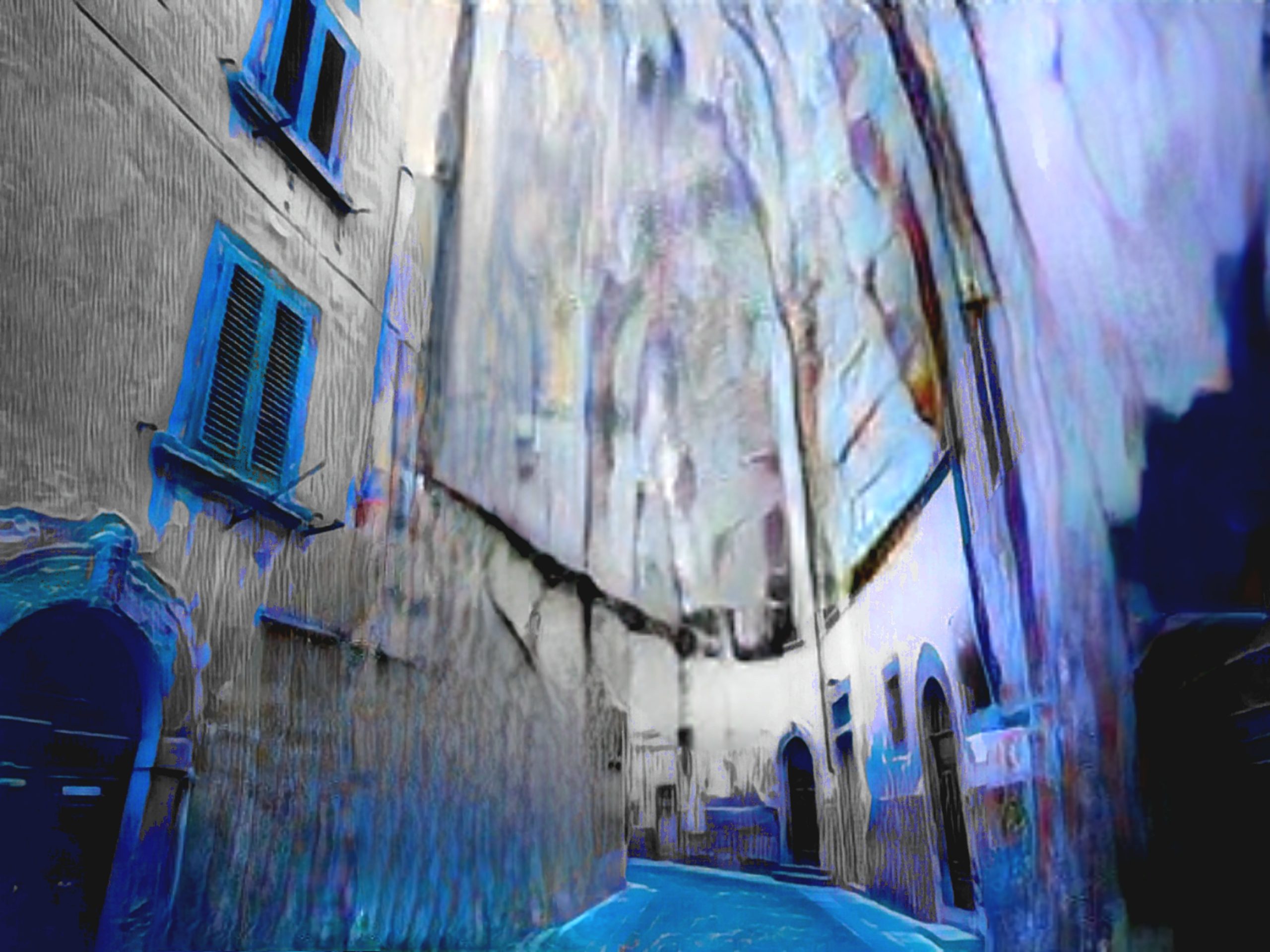
![Musico and Soundive united present: the Generative Ai Show [the Music chapter]](https://www.musi-co.com/wp-content/uploads/2023/11/LINEA_event_polisketch.010.jpeg)
